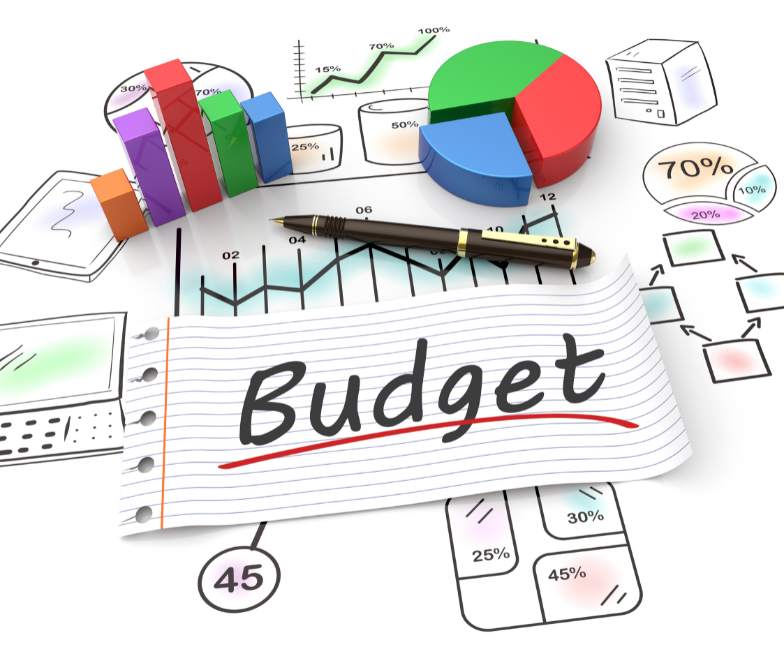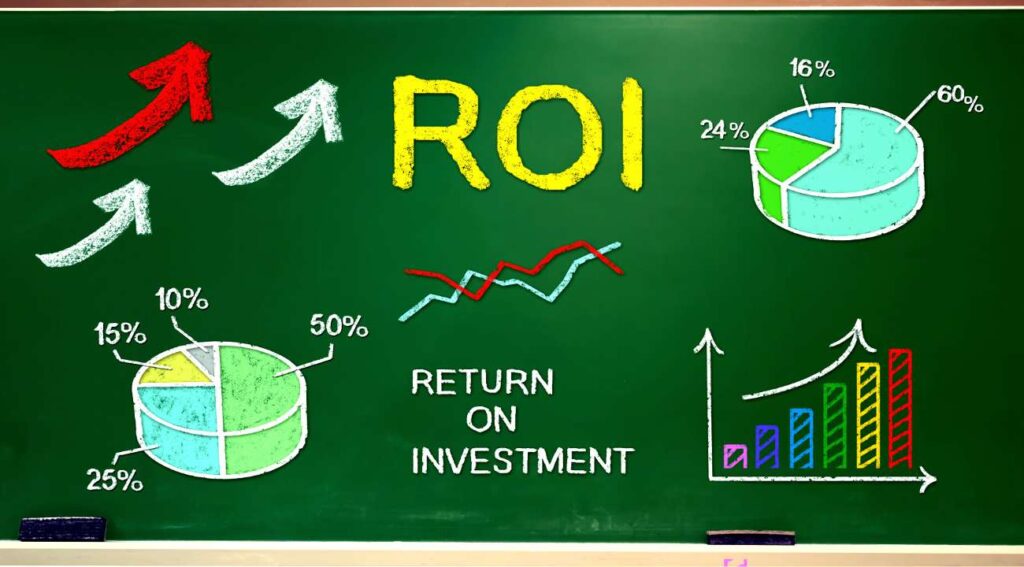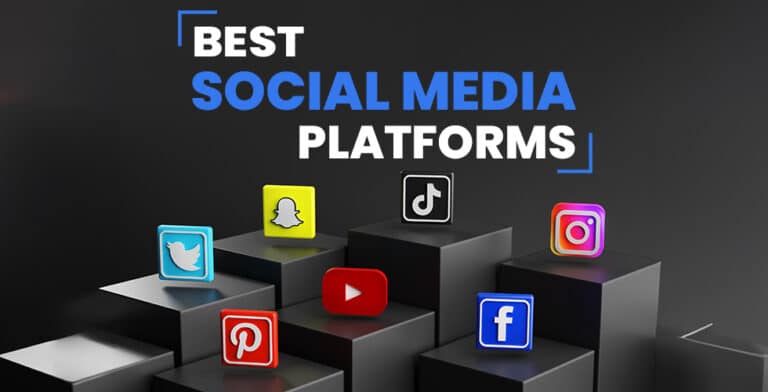Although influencer rates vary a lot depending on the platform, engagement rate, audience size, and other elements, planning the budget for your influencer program is an important step for any business. According to Statista, 39% of brand managers are eager to spend 10% to 20% of their budgets on influencer marketing. And not to mention, 78% of brand managers as a whole want to allocate 10% or more of their total marketing budget to influencers.
However, not every brand can splurge a huge portion of its budget in influencer marketing. You need a solid budget plan when spending toward influencer activities in order to construct a comprehensive program, it doesn’t matter whether you’re working with a few thousand dollars or working toward one million. In short, you need to make your influencer marketing campaign work without frivolous spending. By doing so, you can evaluate each section of the budget for the money you’ve been given and make the most of your influencer marketing expenses.
Establishing your influencer marketing budget depends on the size of your organization, your company goal, your experience with influencer marketing, and other contributing factors. So, let’s find out what factors matter while setting up a budget for influencer marketing.
How To Plan Your Influencer Marketing Budget?
From debating on how much to spend on influencer marketing, to managing creator relationships and beyond, there’s so much to get stuck on. Well, we are going to break down how to set a smarter influencer marketing budget to meet your brand’s goal.
1. Determining The Ideal Influencer For The Brand
The reach, demographic, age, niche, and engagement rate of influencers all affect your influencer marketing spending. Along with these criteria, it’s important to determine which tier of influencers you want for your business: nano, micro, mega, or celebrity.
For example, while nano and micro-influencers may only charge a few hundred dollars per post, celebrities might demand tens of thousands or even hundreds of thousands of dollars for every single post they make.

Hence, don’t jump into hiring mega influencers and assume only they have the ability to help your business. Knowing the advantages and disadvantages of each influencer tier will help you get a better idea of which influencer to pursue. For those who want their brand to get noticed by the most people in the shortest amount of time, macro, mega, and celebrity influencers might be the ideal choice. However, the cost associated with them is very high, and their engagement rates tend to be lower than a smaller influencer.
Working with micro-influencers can also help your brand to reach its goal. In fact, according to Insider Intelligence, even big brands like Coca-Cola and Gillette as well as direct-to-consumer brands, are looking at nano- and micro-influencers as part of their marketing plans. This not only keeps you on a tight budget but also helps you get the job done.
Thus, some brands may set a relatively small influencer marketing budget and only work with micro or nano influencers, while others may set a larger budget and work with celebrities.
Moreover, your budget will change in accordance with the platforms you wish to prioritize as part of your influencer marketing strategy. The audience and content types vary on each social media platform. For example, YouTube is the most expensive platform, with an average cost of $4,491 per post, whereas Facebook is relatively less expensive with an average cost of $833 per post. With an average of $284 per post, Twitter is the cheapest option. There are other options like Instagram and TikTok as well.
2. Planning Influencer Marketing Campaigns
There are different types of influencer marketing campaigns, which affects the cost of influencer marketing. Based on your approach, you can accurately develop a budget that works for your company.
- DIY Method:
The DIY approach involves putting together a campaign plan and executing it all by yourself. For starters, you’ll need a team member with the bandwidth to manage the process. This includes seeking out social media influencers, assessing their audience engagement rate, negotiating terms, handling communication, and coordinating shipments.
You have the most freedom with this strategy because there are no contract obligations or minimum payments. However, saving money comes at the expense of your valuable time. You can make this approach work on a small scale if you have a restricted budget and the time to organize each and every influencer.

- Scalable Influencer Platforms:
Influencer marketing platforms and marketplaces for launching influencer campaigns have multiplied. By using these platforms, companies can quickly and effectively connect with a huge number of influencers without having to spend time locating and screening each of them individually. Additionally, they provide a wide range of services, including pre and post-campaign analysis. And because high-quality content is guaranteed, you reduce your influencer marketing cost and earn a greater ROI long-term. You can find several platforms that will offer different paid plans with various features for running your influencer marketing campaigns.
3. How Much Budget To Allocate?
Brands of all sizes engage in influencer marketing. Therefore, it should be no surprise to see some variation in what firms spend on the activity. When working with mega-influencers and celebrities, marketers invest more money than when working with micro or nano-influencers. And as mentioned earlier, the cost of working with influencers will also vary by platform. For example, on Instagram, nano-influencers charge $10–$100 per post, and micro-influencers: $100–$500 per post. Moreover, macro-influencers charge $5,000–$10,000 per post, whereas mega-influencers go even higher by charging $10,000+ per post. Thus, keep these numbers in mind when allocating a budget for influencer marketing.
However, according to a research study, it’s recommended for brands spend 25% of their digital budgets on influencer marketing. According to Influencer Marketing Hub, 37% of the firms stated that their yearly influencer marketing budget is less than $10,000, while 30% spent $10K to $50K or more. A further 29% spend between $50,000 and $100,000, 10% between $100,000 and $500,000, and 4% spend over $500,000.
4. How To Maximize Your Budget?
Your entire budget will undoubtedly be influenced by the amount you choose to pay your influencers for their efforts. Each marketer strives to strike the ideal balance between providing just remuneration, controlling risks, and producing a high return on investment. Hence, to maximize the budget, look into the many types of compensation, such as affiliate, product, and pay-for-conversion compensation.

- Repurposing content:
Repurpose influencer material across all of your marketing platforms rather than creating original content in-house. By reusing influencer material across other marketing channels in 2021, marketers were able to minimize their content development costs by 52%. This strategy enables you to support every level of the funnel with appealing, top-notch content without investing any additional funds from your budget.
- Non-Monetary Incentives For Creators:
When working with brand ambassadors or organic influencers, you may get good results by giving away free goods, gifts, or subscriptions in exchange for social media promotion.
- Performance-Based Pricing:
With the help of performance-based pricing, marketers can dig deep into post-campaign data and compensate influencers for conversions to which they have made a discernible impact. Recall that you will pay extra if the influencer performs above and beyond your expectations. Cost-per-engagement, cost-per-acquisition, and cost-per-click are the key performance indicators for performance-based pricing.
- Consider The Hidden Costs:
Your contract with a certain creator can contain some unanticipated or hidden fees that may come as a bit of a shock to your restricted budget plan. While communicating with the influencer, be mindful of the costs related to the listing, content syndication, and draft reviews.
5. Measure The Effectiveness Of Your Budget
You won’t know what appeals to your target market until you’re tracking engagements and conversions. Making sure your efforts are leading toward generating ROI is the best approach to making the most of your marketing budget. In fact, research shows that 43.2% of respondents rely on using conversion or sell as a measurement of influencer marketing success. Measure the online conversions, mobile installs, or offline sales lift that results from an influencer’s audience engagement with their social content.

According to the influencer marketing hub, 71% of marketers keep track of revenues resulting from their influencer campaigns. But how do you track sales from influencer campaigns? Well, the most common method is using referral links as a study shows almost 45.5% of people use this method.
You can do it manually by compiling a list of every blog post and/or social media post, together with the number of views, likes, comments, shares, etc. for each post. Moreover, you could graph it for just one social networking site while figuring out engagement rates. Or you can rely on the insights and analytics provided by each platform.
Another way is the affiliation/revenue sharing model, which offers brands clearer attribution and performance tracking, and minimizes the risk of low ROI as payment is based on influencers’ performance. This model compensates influencers by paying them a percentage of the profits from each sale they generate.
Wrapping Up
Increasing return and reducing investment are the two main driving forces behind an efficient budget. The themes of each component should be at the heart of your approach to make sure you are getting the most out of your money. When it comes to marketing costs, there isn’t much of a conundrum. Each brand must make predictions based on its goals and resources. And regardless of its size or age, every brand should appropriately deploy its resources in order to optimize return on investment.





